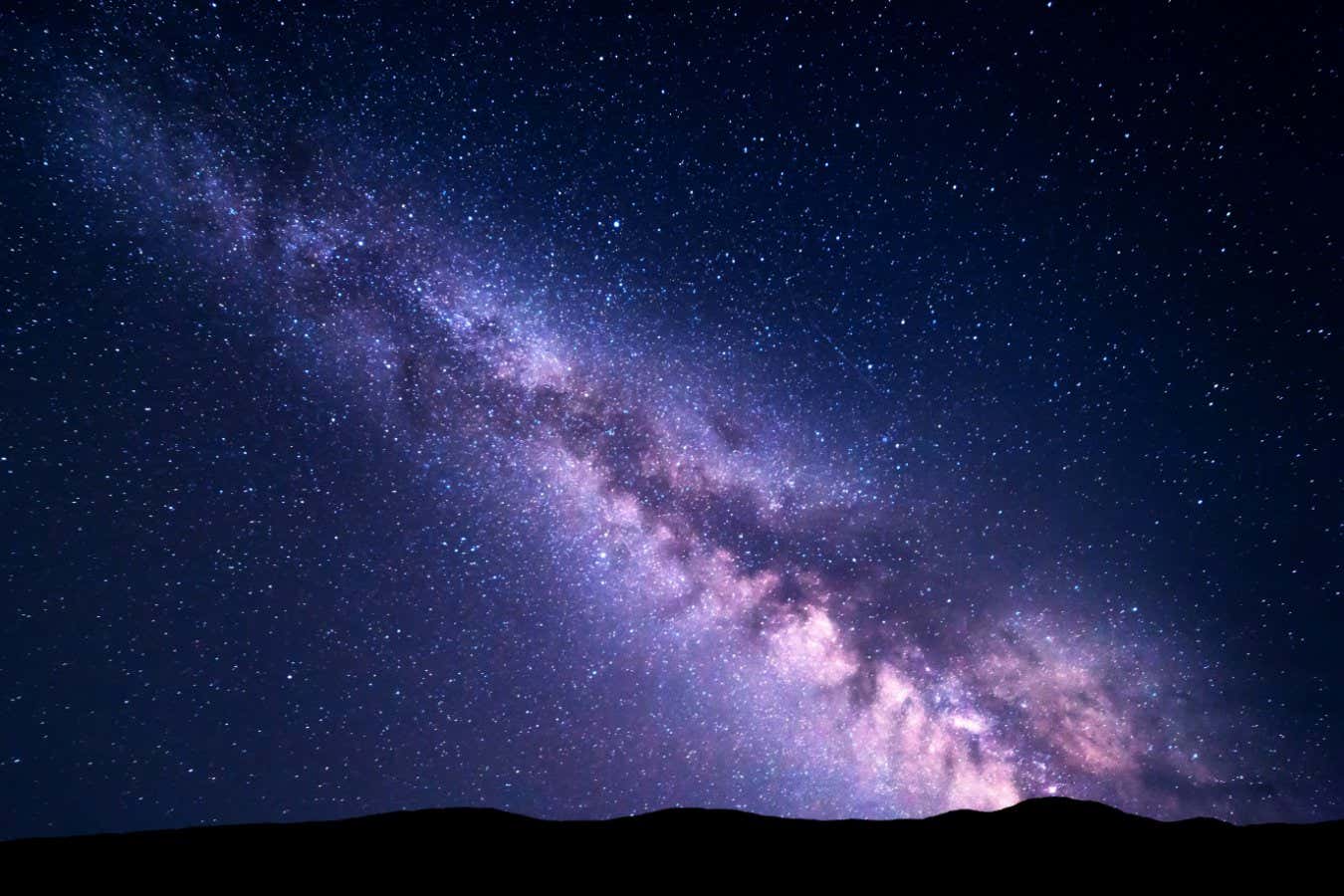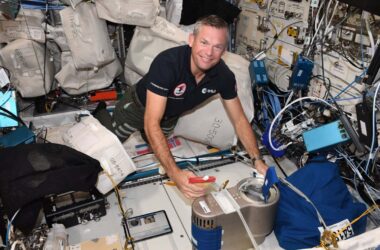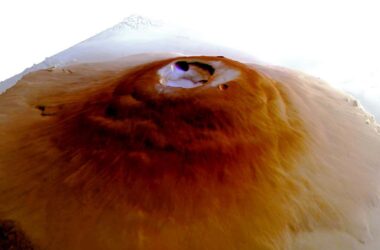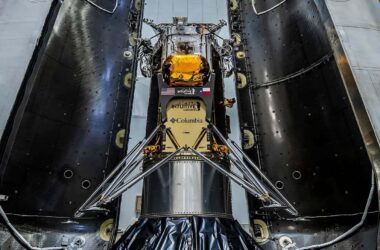After more than a decade of searching, the IceCube neutrino detector in Antarctica has finally detected high-energy particles from within the Milky Way. This breakthrough discovery provides insights into how cosmic rays shape the universe.
The Milky Way is known for its brightness in various wavelengths of light, especially gamma rays, which are often accompanied by neutrinos. However, neutrinos from within our galaxy have been overshadowed by stronger signals from other galaxies, making them difficult to observe.
The IceCube head, Francis Halzen, explains, “It took us 10 years to find the galactic plane in neutrinos. It’s totally counterintuitive. It’s like if you went outside at night and saw a sky bright with active, distant galaxies but no Milky Way.”
To make this discovery, researchers utilized a new machine learning algorithm to analyze the data collected by IceCube between 2011 and 2021. This algorithm identified signals that were previously considered noise, significantly increasing the amount of data available for analysis.
The researchers discovered a diffuse glow of high-energy neutrinos originating from within our galaxy, but the specific sources of these neutrinos remain unknown. Neutrinos are formed when cosmic rays, high-energy particles traveling through space at almost the speed of light, collide with other matter and produce showers of fundamental particles and radiation.
However, the origins and mechanisms behind the generation of these high-energy cosmic rays have long been debated. While some astrophysicists believe they originate from massive black holes devouring surrounding material, this cannot be the source of the cosmic rays detected by IceCube since our galaxy’s black hole is dormant.
The next step for researchers is to trace the high-energy neutrinos back to their sources of cosmic rays. By doing so, they hope to identify the astronomical sources responsible for releasing cosmic rays and gain a deeper understanding of their role in shaping the galaxy.
Topics:








